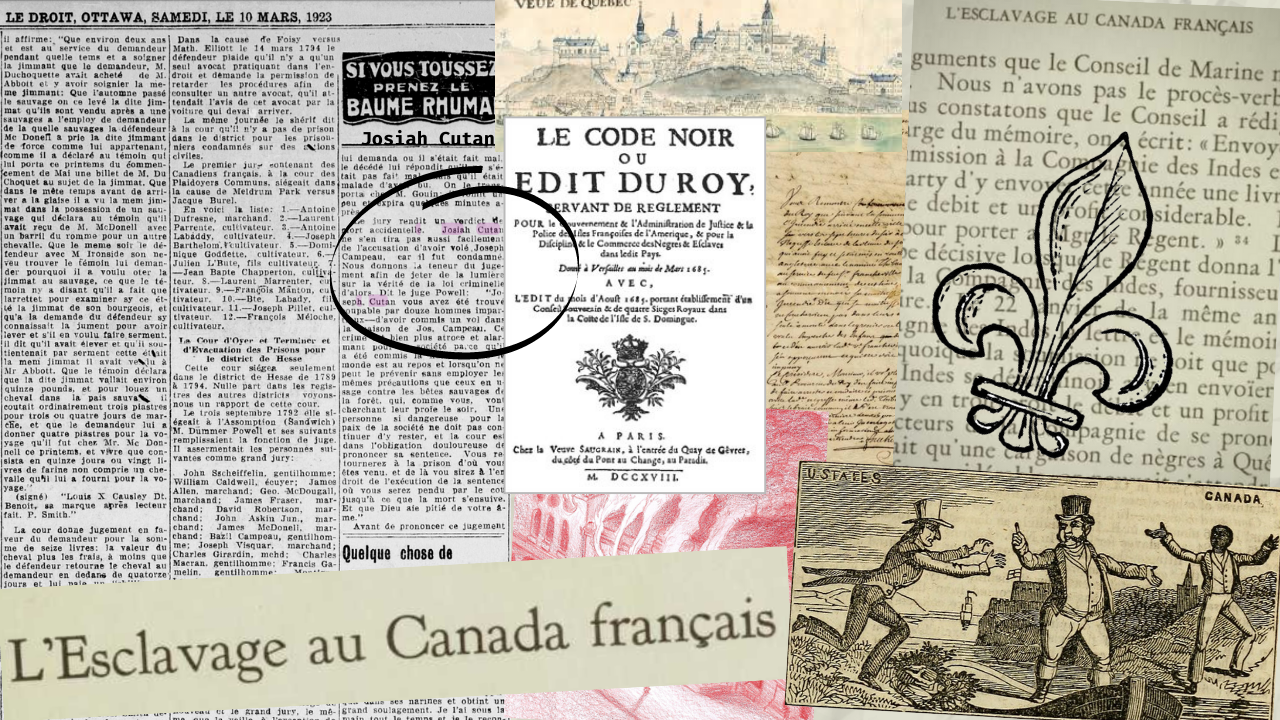The history of Quebec’s slave trade, told through one story
In the late 18th century, Josiah Cutan arrived in Montreal. He set foot in La Nouvelle-France for the first time after being sold for a sum of 32 French pounds and a grey horse.
Going from hand to hand, merchant to merchant for diverse sums of money or goods, Josiah bravely confronted his fate. His final master was John Askin, a prominent fur trader in Canada during the late 1700s.
Dozens of links on Askin’s history and legacy are available with a quick click of a button, whereas Josiah’s life is barely immortalized. This is why it is important to give a proper send off to valiant Black Canadians like Josiah.
According to Le Dictionnaire des Noires (available through the Concordia library), the 22-year-old man started his journey when he was first sold from Massachusetts to what we now know as Montreal. Josiah was considered a Pièce D’Indie, a Black man between 20-30 years old, in his prime, and in great shape.
There is no record of what kind of labour he did. However, given his physical condition it is safe to assume he was used for manual labour.
Like many Black people forced into slavery, Josiah made a strike against the quid-pro-quo and ran away from his master. Following the lead of many slaves in Nouvelle-France who took a stand, he ran away for his life. As he fled from slavery, he stole items along the way — as a means to survive on his own — but was caught shortly thereafter and brought to prison to await trial.
He pled not guilty.
His life was the first taken away legally by what would become the Canadian justice system. He was hanged for his crimes — which were committed in order to save the quality and the length of his life. Inevitably, Josiah was made an unofficial martyr for the Black community of Canada.
The judge who was responsible for this abysmal ruling said, “This crime is so much more atrocious and alarming to society, as it is committed by night, when the world is at repose, and that it cannot be guarded against without the same precautions which are used against the wild beasts of the forest, who, like you, go prowling about by night for their prey.”
The history of Canadian slavery is not one that is well known. Beginning in the 17th century, Louis XIV gave authorization to Nouvelle-France to start importing slaves. However, this venture was halted due to colonial wars.
In order to give people like Josiah their place in history, we need to engage in conversations around the very real legacy of slavery in Canada. We hope that this piece can contribute to commemorating his memory.
Graphic by Chloë Lalonde with images from the The Bibliothèque et Archives nationales du Québec (BAnQ).
